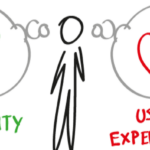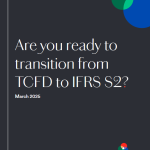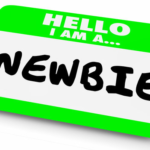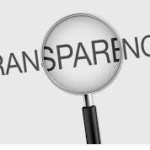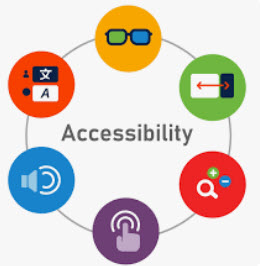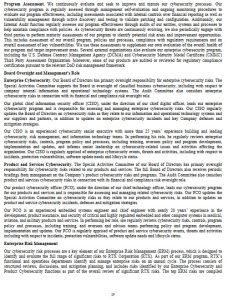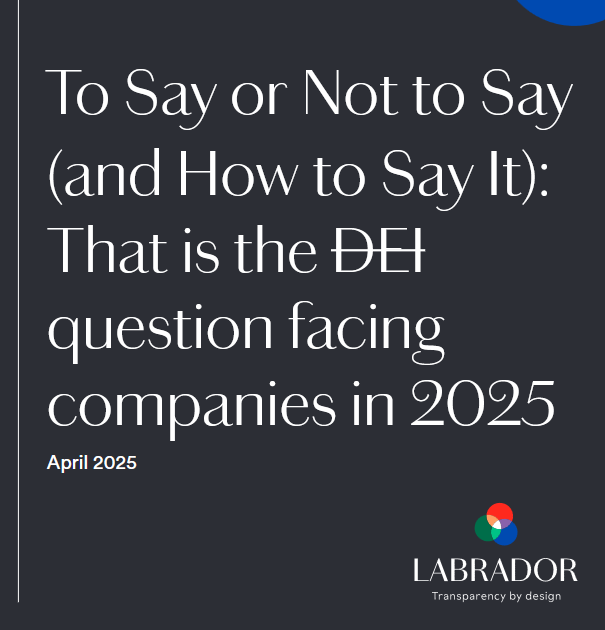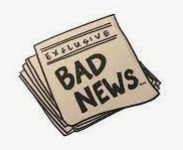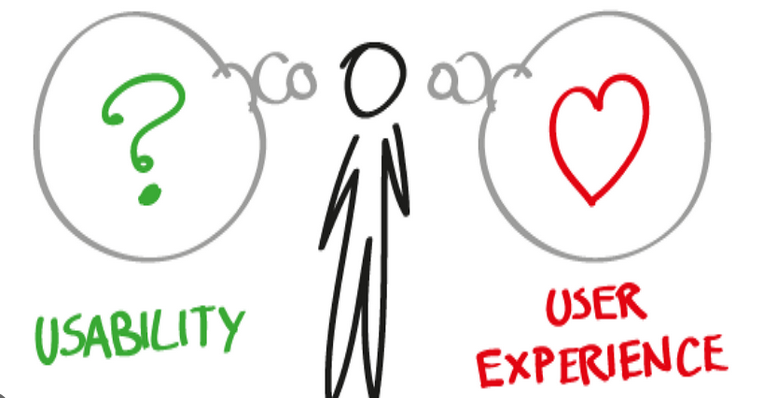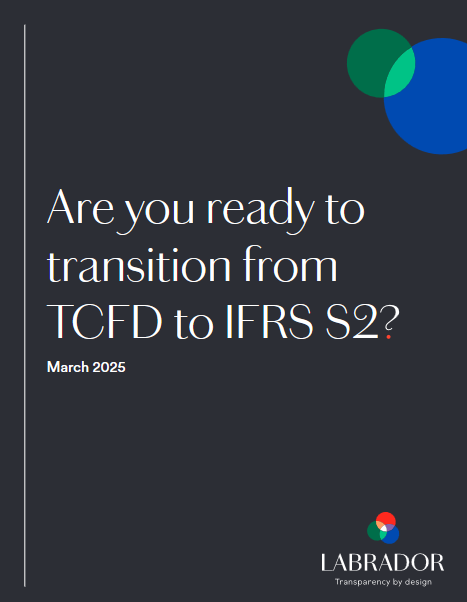Digging further into Laurent Rouyrès’ book entitled “Information Wants to be Free: From Moral Transparency to the Transparency of Publicly Listed Companies” (see my other blogs about “why transparency”), this blog gets into the foes of transparency.
In his chapter entitled “If you have understood me, it’s because I expressed myself poorly,” Laurent notes:
“If you are not sure whether you have the audacity required to deceive, then try omitting things. It requires little effort and is rarely punished. It is enough to simply not communicate information, even and especially if you know it is relevant. The only constraint, however, is to ensure that the information is not communicated by other sources. If, unfortunately, this is the case, you have other techniques that are just as effective – if not more effective.
The noise strategy: this aims to drown out relevant information in a flood of irrelevant information. A commonly used strategy, noise has the advantage of discouraging most curious people; but it has the disadvantage of leaving visible, beneath the noise, what you would prefer to hide.
More subtle: the distortion strategy. This strategy presents facts in a way that leads to false conclusions, taking advantage of our cognitive biases. There are several from which to choose. This is by far the most effective strategy, if you know how to use it.
More common: jargon tactics. Use language that is difficult for the layperson to understand. It is likely that they will not dare to admit their ignorance. The only downside: we see this tactic so frequently that it will soon be completely stale.
Last but not least: bullshitting. Simply draw attention to irrelevant information to the detriment of relevant information. It is not absolutely necessary to have completed many years of studies to practice bullshitting; but it is a definite asset that guarantees that you have the necessary theoretical background.
In summary: if you do not wish to be transparent, you have all the tools necessary to not be.”




